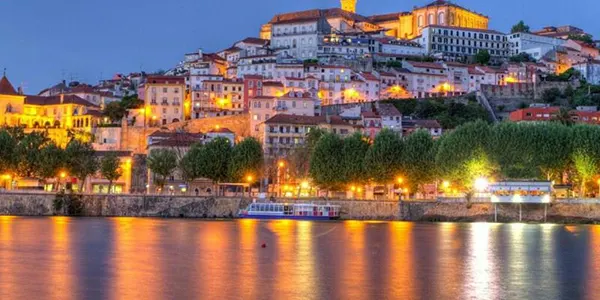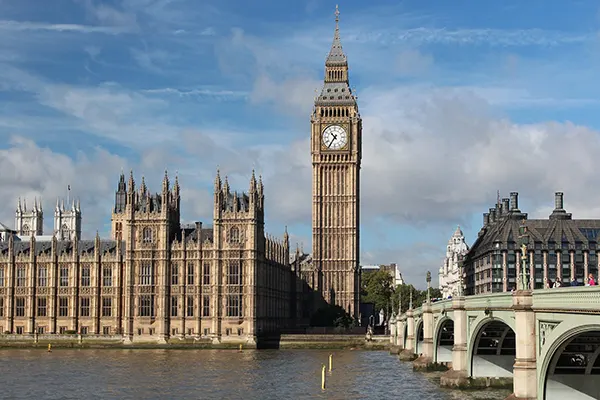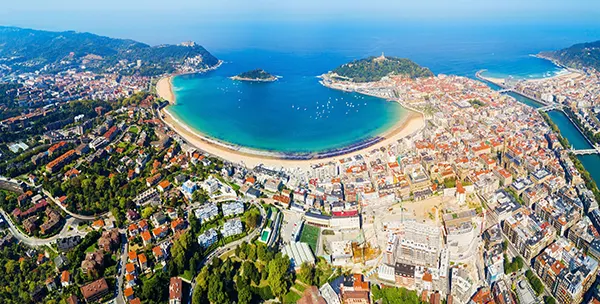
Mystical Destinations of Europe: Haunted Castles and Ghost Towns
Europe is steeped in centuries of legends, wars, love stories, and eerie folklore. Among its many historical landmarks, some places are cloaked in mystery and whispers of supernatural activity. These destinations have fascinated travellers not only for their architectural grandeur but also for their tales of restless spirits and unexplained phenomena. This article explores Europe’s most haunted castles and ghost towns as of February 2025, shedding light on the history, myths, and current visitor appeal of these enigmatic locations.
Chilling Castles: Legends Carved in Stone
Europe is home to numerous castles, but a few are known specifically for their eerie reputations. Bran Castle in Romania, often associated with Dracula, draws thousands of visitors annually due to its gothic ambience and mysterious history. While historians debate the connection to Vlad the Impaler, tourists still report cold spots and strange sounds within its stone walls.
Another infamous site is Leap Castle in Ireland. Known as one of the most haunted castles in the world, Leap has a grim past involving betrayal, murder, and religious persecution. The castle’s “Bloody Chapel” and sightings of a ghostly elemental spirit continue to attract paranormal investigators and curious guests alike.
In Germany, Houska Castle stands as a chilling anomaly. Built atop a large hole in the ground – believed by locals to be a gateway to hell – it was never intended for defence. Legends say it was constructed to seal evil within, and modern visitors report unexplained animal reactions and shadowy apparitions in its halls.
Modern Encounters with the Supernatural
Contemporary tourists often describe experiences that defy logical explanation. Visitors to Bran Castle have spoken of hearing footsteps in empty corridors or feeling sudden waves of nausea in certain rooms. Some have even captured unexplained figures in photographs, later validated by amateur investigators.
At Leap Castle, musicians performing in the main hall have reported instruments detuning mid-performance, while others experienced intense emotional shifts upon entering the Bloody Chapel. These occurrences remain consistent despite renovations and restoration efforts over the decades.
Houska Castle’s guestbooks include tales of visitors seeing cloaked figures or hearing voices in languages long forgotten. Paranormal teams regularly visit the site and document spikes in electromagnetic fields, adding weight to the castle’s unnerving reputation.
Ghost Towns Lost in Time
Beyond castles, Europe harbours entire towns that time has seemingly abandoned. One such place is Craco in southern Italy. Once a thriving medieval village, Craco was deserted following a series of landslides and earthquakes. Today, its skeletal remains tower over the valley, attracting filmmakers and ghost hunters alike.
Oradour-sur-Glane in France stands as a solemn monument to tragedy. Destroyed by Nazi forces in 1944, the village has been preserved in ruins as a memorial. Visitors have reported feelings of extreme unease, and some claim to hear faint weeping or catch glimpses of children playing in the silent streets.
Kayaköy in Turkey, an abandoned Greek village, carries echoes of its sudden desertion following the Greco-Turkish population exchange in the 1920s. Crumbling homes, empty chapels, and weatherworn streets now play host to local legends and mysterious whispers carried by the wind.
Preservation and Access in 2025
As of early 2025, Craco is accessible via guided tours, with added safety measures due to the region’s geological instability. Visitors are urged to respect preservation efforts, especially in delicate structures such as the old monastery and castle tower.
Oradour-sur-Glane remains a key historical site under French government care. Educational plaques and audio guides now offer in-depth insights, while drone surveillance helps protect the integrity of this haunting location from damage or theft.
Kayaköy has seen increased tourism interest, with local authorities implementing sustainable tourism regulations. Efforts to preserve the ruins include fencing unstable structures and offering cultural events that highlight the region’s mixed heritage and spiritual folklore.

Dark Tourism and Cultural Impact
The fascination with haunted locations has given rise to a form of travel known as dark tourism. Europe, with its wealth of historic and tragic sites, plays a central role in this niche. For many, visiting these places is less about fear and more about connecting with the deeper layers of human history and memory.
Local communities have begun to embrace the curiosity of dark tourism while implementing ethical guidelines. This includes respecting the sanctity of tragic sites and avoiding sensationalism. Museums and tour operators are increasingly focusing on educational value over ghost stories alone.
Economic benefits are significant as well. Remote villages like Craco and Kayaköy receive much-needed funds for conservation, while regions surrounding these sites experience boosts in hospitality and artisan industries. However, the balance between preservation and tourism remains a delicate issue, requiring careful management in 2025 and beyond.
Ethics and Respect for the Past
As interest in haunted locations grows, so does the responsibility of tourists and authorities alike. Respecting cultural sensitivities and historical trauma is paramount. Visitors are encouraged to learn the history, refrain from disruptive behaviour, and contribute to ongoing preservation efforts.
Tour operators in 2025 are integrating these ethical standards into their itineraries. Many now offer pre-tour briefings that emphasise respectful conduct, especially in locations associated with violence, war, or death. Interactive apps also help provide context in an engaging yet respectful manner.
Ultimately, the goal is to maintain a balance between intrigue and honour. Exploring haunted castles and ghost towns should foster empathy, understanding, and a deeper appreciation for Europe’s complex past.
Popular articles
-
 Coimbra, Portugal — A Student City Shaped by Centuries of Academic Tra...
Coimbra, Portugal — A Student City Shaped by Centuries of Academic Tra...Coimbra stands as one of Portugal’s most influential cultural and …
-
 Big Ben and the Elizabeth Tower in London: History, Restoration, and V...
Big Ben and the Elizabeth Tower in London: History, Restoration, and V...Few landmarks define London’s identity as powerfully as Big Ben …
-
 San Sebastián, Spain — The Gastronomic Capital of Europe on the Bay of...
San Sebastián, Spain — The Gastronomic Capital of Europe on the Bay of...San Sebastián, also known as Donostia in the Basque language, …
